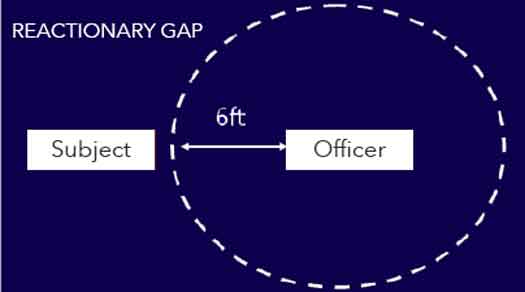I would like to share a few simple Laws of Defensive Tactics we discussed in a street survival class I attended a few years ago. While several of these laws are truly common sense, all of them can save your life.
Law #2- Your mouth and your mind are your two greatest weapons. The best fight is the one you don’t get into. Whenever possible, use your verbal skills to resolve conflict and generate voluntary compliance. Negotiate from a position of advantage, distance and cover.
Law #3- What you don’t know about people can injure or kill you. Pre-contact assessment allows you time to gather additional information about the suspect. Watch hands, waist band, and over-all person. Listen for clues and watch their demeanor. Avoid rushing in unprepared. The last thing you want to discover when you take hold of someone is a weapon.
Law #4- Remember the five components of an arrest. 1. Approach. 2. Laying hands on the subject. 3. Control and arrest technique. 4. Handcuffing and searching. 5. Transporting. Can you make the arrest alone? If not, wait for assistance. FBI statistics show that 64% of officers killed or injured since 1980 acted alone during high-risk incidents.
Law #5- Remember the Reactionary Gap. The RG is a formula that compares the distance between you and the subject with your ability to successfully react to the subjects threat. Also, the closer you are to the subject, the less of them and your surroundings you can see. You must be able to see movement or weapons to properly react.
Law #6- Control your environment and subjects. Don’t be controlled by them. Always try to seek the best possible positioning for your contact. Consider footing, lighting, cover, etc., and if you find yourself in a bad position, FIX IT!
Law #7- Remember the six hazards of a contact. These are generally recognized hazards of any high-risk contact. They are 1. The subject’s hands. 2. Weapons. 3. The subject’s friends and associates. 4. Escape routes (Including yours). 5. Your environment and footing. 6. Available cover. Your pre-contact assessment should consider all of these hazards. Will they obstruct your ability to employ certain defensive tactics?
Law #8- Fully understand the use, control and limitations of your weapons. Become and stay proficient with your weapons. I don=t need to tell you that many officers have been disarmed and killed with their own weapon. Work on appropriate timing for weapon deployment and certainly work on weapon retention. Remember that OC spray works on us too!
Law #9- Be flexible and keep your defensive force options open. The Force Continuum is exactly that. Manage your weapons by availability and appropriateness.
Law # 10- Remember the two limitations to defensive force options. Your proficiency in using techniques, tactics or weapons, and the level of resistance placed against that proficiency.
I know. I left out Law #1. You know what it is. Every Day You Go Home Safe At The End Of Your Shift!
Please contact me if I can help you in your training efforts. Stay safe on the job and keep your mind in the game. These are dangerous times we are in. Let’s Be Careful Out There!

